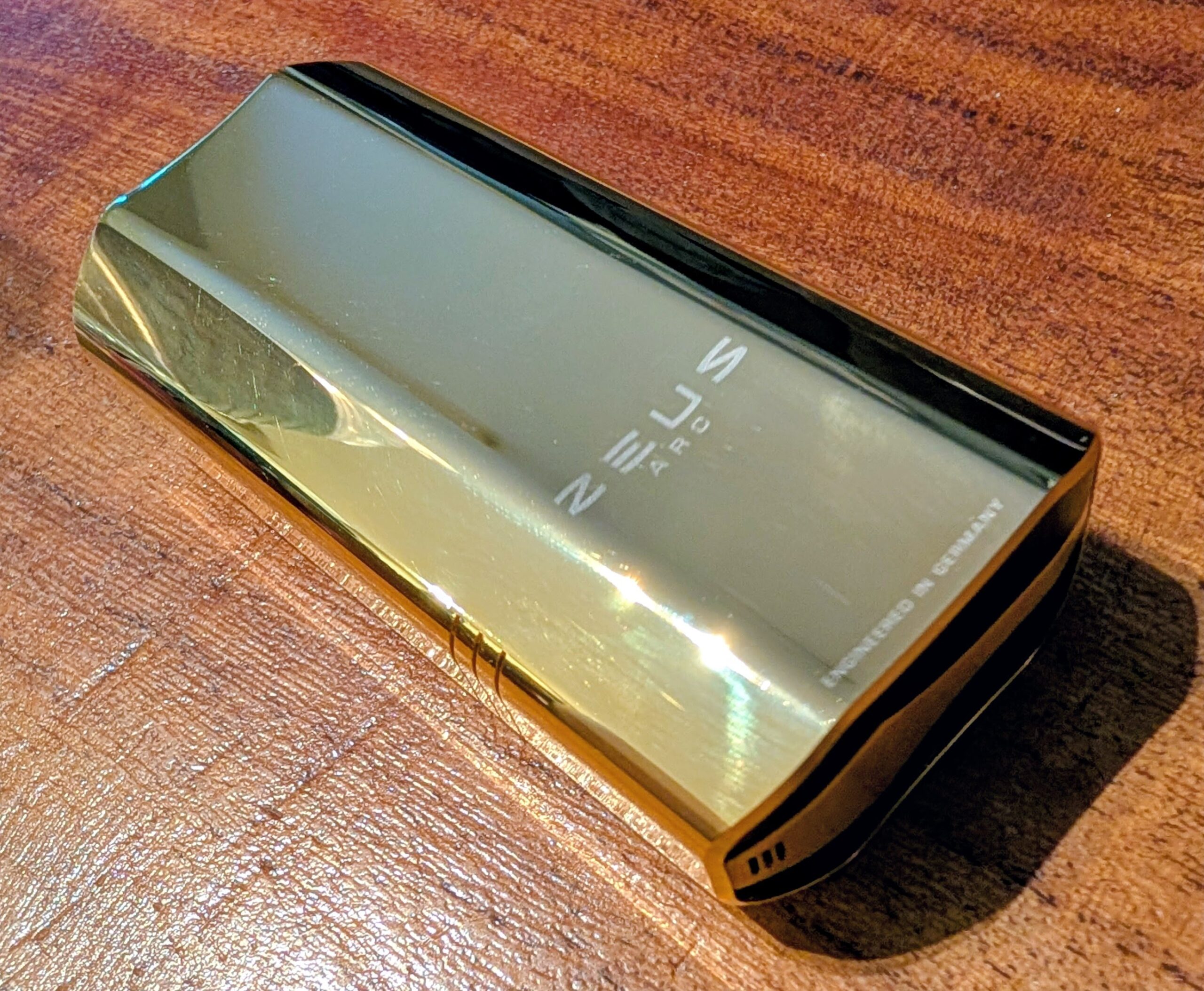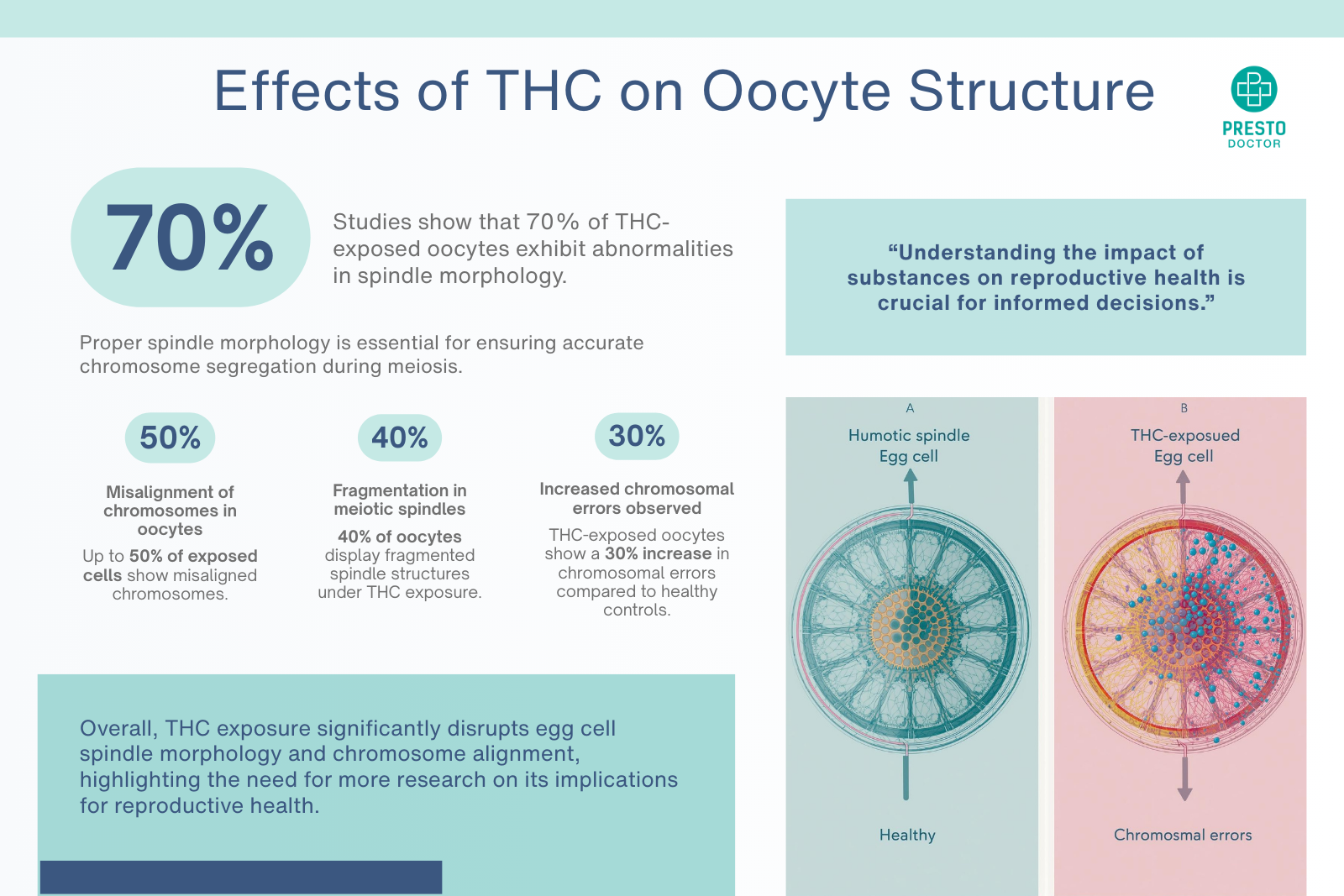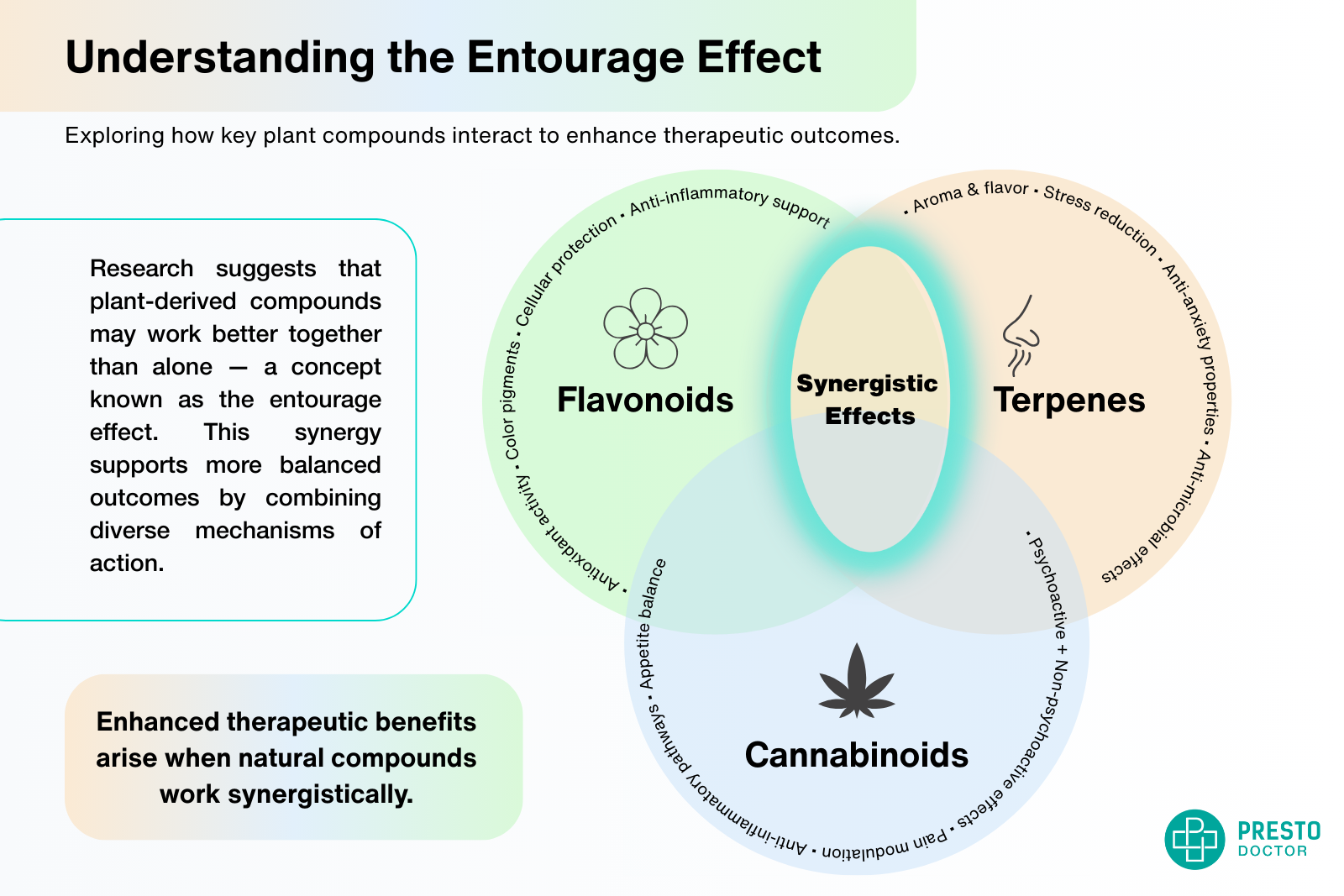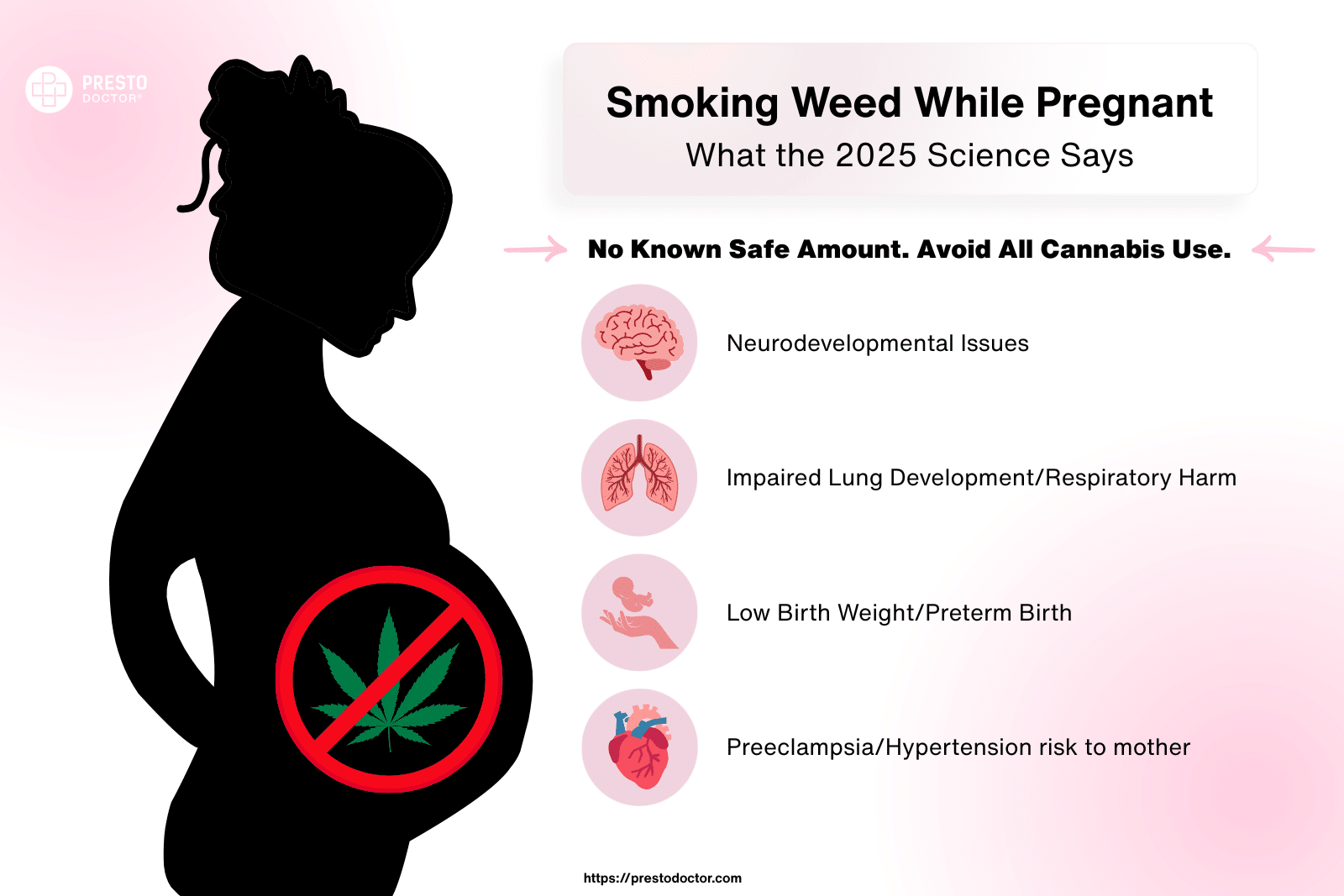
Cannabis-derived products have gained immense popularity for their potential health benefits. Among the many compounds found in cannabis, Cannabidiolic Acid (CBDA) and Cannabidiol (CBD) stand out. This blog post explores the differences, similarities, benefits, and uses of CBDA and CBD, helping you understand how to incorporate them into your wellness routine.
Understanding CBDA and CBD
CBDA (Cannabidiolic Acid):
- Origin: CBDA is the raw, acidic precursor to CBD. It is found in the live cannabis plant before it undergoes decarboxylation (exposure to heat or sunlight), which converts it to CBD.
- Structure: CBDA retains an additional carboxyl group (COOH) in its chemical structure, making it an acidic compound.
- Forms: Typically found in raw cannabis plants and products such as raw cannabis juice, tinctures, or raw CBDA oils.
CBD (Cannabidiol):
- Origin: CBD is derived from CBDA through the decarboxylation process.
- Structure: Lacks the carboxyl group, resulting in a non-acidic, stable compound.
- Forms: Commonly available in various forms such as oils, tinctures, edibles, capsules, and topical applications.
Similarities
- Non-Psychoactive: Both CBDA and CBD do not produce the “high” associated with THC (Tetrahydrocannabinol).
- Health Benefits: Both compounds have demonstrated potential therapeutic effects in research, particularly in reducing inflammation, anxiety, and nausea.
- Legal Status: In many regions, both CBDA and CBD are legal and available for purchase, though regulations can vary by location.
Differences
- Bioavailability: CBDA has been found to have better bioavailability than CBD, meaning it is absorbed more efficiently by the body (Rock et al., 2018).
- Mechanism of Action: CBDA and CBD interact differently with the body’s endocannabinoid system and serotonin receptors. CBDA is a more potent inhibitor of the COX-2 enzyme, which also plays a role in inflammation (Bolognini et al., 2013).
- Processing: CBDA is present in raw cannabis plants, whereas CBD is the result of heating CBDA, a process known as decarboxylation.
Benefits
CBDA Benefits:
- Anti-Inflammatory: CBDA has shown promise in reducing inflammation, making it potentially beneficial for inflammatory conditions.
- Antiemetic: Research indicates that CBDA may be effective in reducing nausea and vomiting (Rock et al., 2011).
- Anxiety Relief: Early studies suggest that CBDA may help in reducing anxiety symptoms.
- Potential for Cancer Treatment: Some preliminary studies suggest CBDA might inhibit the migration of breast cancer cells (Takeda et al., 2008).
CBD Benefits:
- Pain Relief: CBD is widely recognized for its analgesic properties, helping alleviate chronic pain (Vuckovic et al., 2018).
- Anti-Seizure: CBD has been approved for treating certain types of epilepsy due to its anticonvulsant properties.
- Mental Health: CBD can help manage anxiety, depression, and also post-traumatic stress disorder (PTSD).
- Neuroprotective Properties: Research suggests CBD may have neuroprotective effects, thus potentially benefiting conditions like Alzheimer’s and Parkinson’s disease.
Incorporating Into Your Wellness Routine
- Choosing the Right Product:
- CBDA Products: Raw cannabis juices, CBDA tinctures, and raw oils are great for those seeking the benefits of CBDA. Look for products labeled as containing raw or unprocessed cannabis extracts.
- CBD Products: CBD oils, capsules, edibles, and topicals provide versatile options for incorporating CBD into your daily routine. These products are often labeled with the amount of CBD content, also making it easier to dose.
- Dosage and Consumption:
- Start Low and Slow: Begin with a low dose and gradually increase based on your body’s response. This approach helps you find the optimal dosage without experiencing adverse effects.
- Consistent Use: Regular, consistent use may yield better results over time.
- Combining with Other Wellness Practices:
- Mindfulness and Relaxation: Incorporate them into relaxation routines such as meditation, yoga, or warm baths. These practices can enhance the calming effects of both compounds.
- Diet and Nutrition: Add CBDA-infused oils or CBD edibles to your diet for an integrated approach to wellness. Pairing these compounds in addition to healthy fats can improve their absorption and efficacy.
- Exercise and Recovery: Use CBD topicals or CBDA products post-exercise to aid in muscle recovery and also reduce inflammation.
Conclusion
CBDA and CBD offer unique and overlapping benefits, making them valuable additions to your wellness toolkit. Whether you seek anti-inflammatory effects, pain relief, or anxiety reduction, understanding these compounds can help you make informed decisions on their use. Always consult with a healthcare professional before starting any new supplement.
FAQs
- What is the main difference between CBDA and CBD?
- CBDA is the acidic precursor to CBD, found in raw cannabis plants. CBD is derived from CBDA through decarboxylation, making it a stable, non-acidic compound.
- Can CBDA and CBD be used together?
- Yes, both CBDA and CBD can be used together. In fact, some products combine both compounds to provide a broader range of benefits.
- Are there any side effects of using them?
- Some individuals may experience side effects like fatigue, changes in appetite, or digestive issues. It’s important to start with a low dose and consult a healthcare professional.
- How do I choose between CBDA and CBD for my needs?
- Consider your specific health goals. CBDA may be more effective for inflammation and nausea, while CBD is well-known for pain relief and managing anxiety.
- Is CBDA more effective than CBD for certain conditions?
- Research suggests that CBDA may be more potent for certain conditions like inflammation and nausea, while CBD is widely used for pain relief and seizure management.






